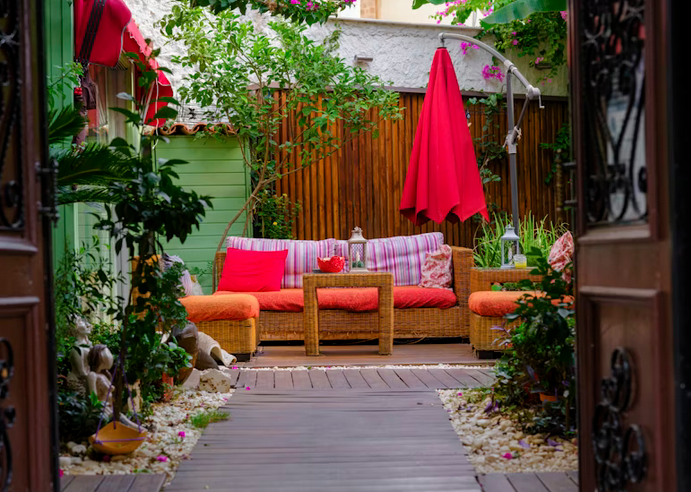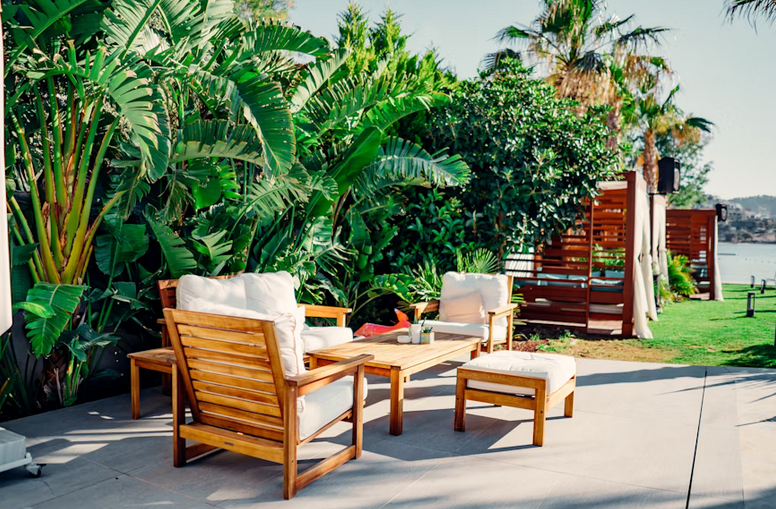Tips for Choosing the Right Outdoor Furniture for Your Climate

When creating a comfortable and attractive outdoor living space, selecting the right furniture is one of the most important decisions you’ll make. Yet, many homeowners overlook a critical factor in their choice—climate. What works beautifully in one region may deteriorate quickly in another. From the hot, dry conditions of the Southwest to the damp, rainy settings in coastal towns, understanding your environment can significantly impact how your outdoor furniture performs and how long it lasts. Making smart choices now can save you from early replacements and repairs while supporting broader residential upgrades that enhance the look and function of your entire outdoor area.
Understand Your Weather Patterns Before Buying

Before shopping, consider the typical weather patterns where you live. Does your region experience intense sunlight year-round, or are you dealing with high humidity and regular rainfall? Perhaps strong winds or salty coastal air are factors in your outdoor space. Different climates can weaken certain materials over time, causing warping, rust, fading, or mildew. Homeowners in sun-drenched places like San Diego, for example, need furniture that won’t crack or fade from constant UV exposure, while those in humid or wet zones must think about moisture resistance and air flow.
Choose Furniture Materials That Can Withstand the Elements
The durability of outdoor furniture depends largely on the materials used. Some options are more climate-friendly than others. For instance, aluminum furniture is lightweight and doesn’t rust, making it a solid option in both wet and coastal regions. Teak, a hardwood with natural oils, handles sun and moisture well, though it will develop a silver-gray patina if left untreated. Plastic and resin furniture resist water and are easy to maintain, but they may discolor over time in extreme sunlight. On the other hand, wrought iron looks elegant and handles wind well, but can rust without proper treatment. Understanding how each material reacts to your local weather can help you avoid unpleasant surprises down the line.
Don’t Overlook the Importance of Fabric and Cushion Quality

When it comes to comfort, cushions and fabric coverings matter just as much as the furniture frame itself. In humid areas, it’s easy for cushions to retain moisture and develop mold or odors. In sun-exposed zones, the risk is fading and fabric breakdown. Look for cushions made with quick-drying foam and covered in outdoor-grade fabrics like solution-dyed acrylic or polyester blends. These materials are more resistant to water, fading, and stains. Avoid indoor fabrics, no matter how stylish they appear—they’re simply not designed for outside use and won’t last more than a season in harsh weather.
Think About Maintenance and Long-Term Use
Some outdoor furniture looks great when new, but quickly becomes a burden if it needs constant upkeep. Before you buy, think about how much effort you’re willing to put into maintaining your pieces. For those who prefer low-effort options, aluminum and resin are both easy to clean and require minimal care. Wood furniture, although visually appealing, may need regular oiling or sealing to retain its original appearance. Storage during extreme seasons is another consideration. If you live in a region with snow or heavy rains, you’ll need a dry place to store your furniture, or you’ll need to invest in covers to help protect your investment.
Match Style With Comfort and Practical Use

Durability is important, but your furniture also needs to suit how you use your outdoor space. Consider the function of your space before selecting your items. Will it be a lounging area, a dining space, or a mix of both? Choose chairs and tables that support your lifestyle. Also, take into account how materials feel in different weather—metal can get too hot under direct sun, while some plastics may become brittle in colder temperatures. Your furniture should also work visually with other landscape features in your yard. For example, pairing your seating area with natural elements like stone, plants, or paver walkways can make the whole space feel more inviting and intentional.
Choosing outdoor furniture isn’t just about style—it’s a decision shaped by your climate, your lifestyle, and your willingness to maintain your furniture. By considering the weather in your area, opting for durable materials, selecting proper fabrics, and thinking about comfort and practicality, you can create an outdoor space that lasts season after season. A well-chosen outdoor setup turns your yard into a place of daily enjoyment, one that’s both attractive and resilient in the face of whatever weather comes your way.


